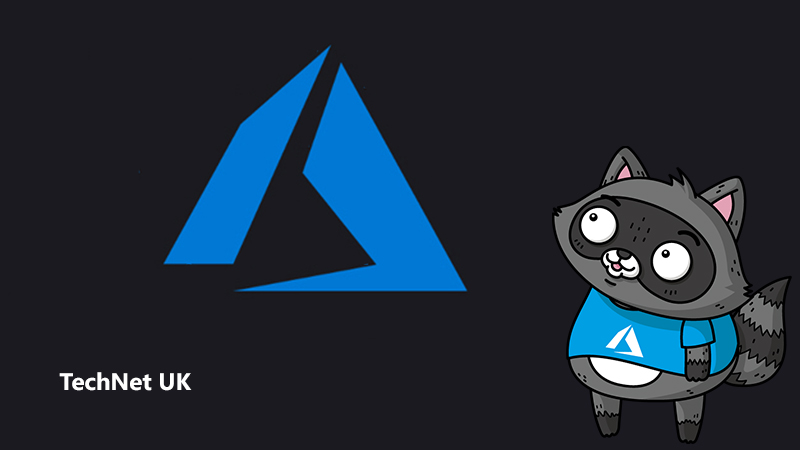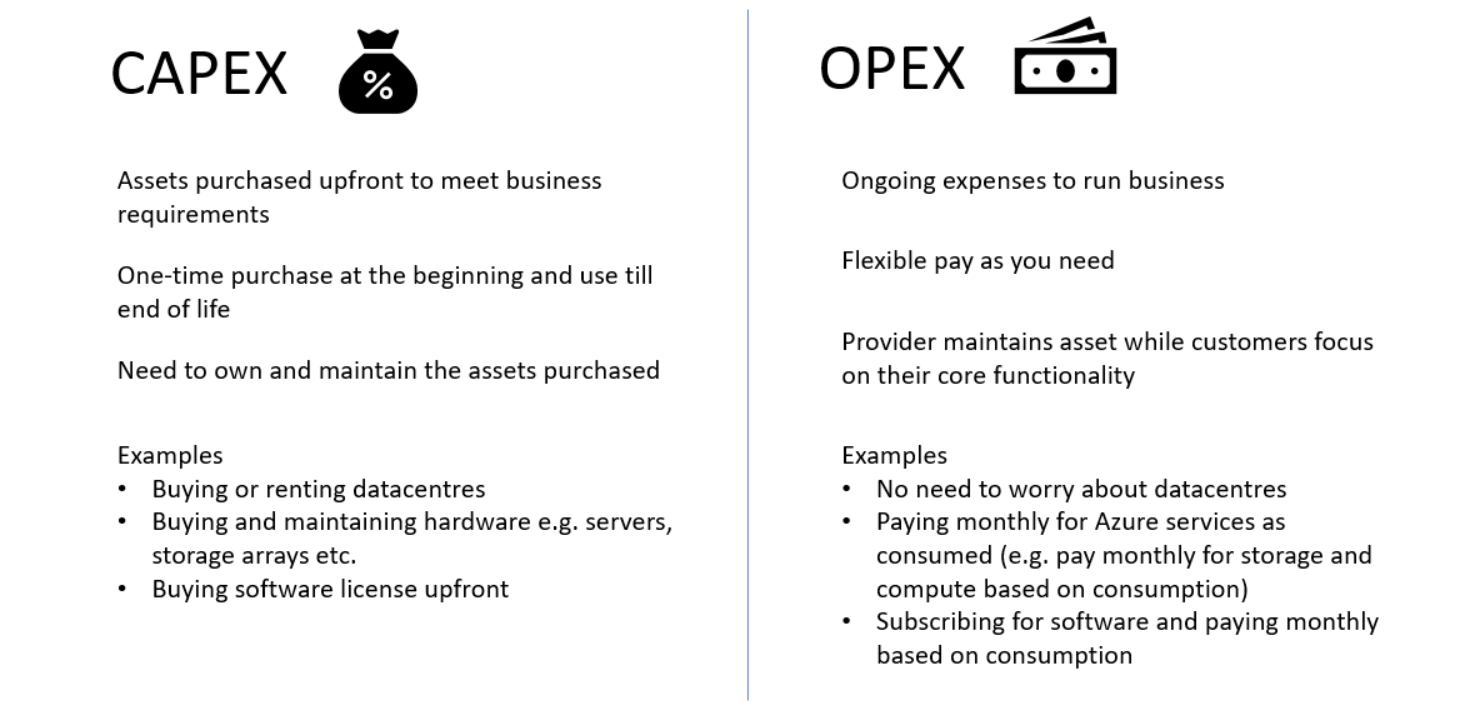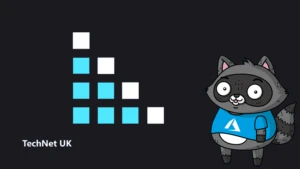
Estimate cost of backup solutions in Azure – Traditional server-based backup solutions vs Azure Backup PaaS Service

I have seen a lot of customers re-evaluating their backup strategy as they move to cloud. It makes sense because backup is sticky – customers don’t change them very often and typically align these changes with a major IT transformation e.g. moving to cloud. As customers migrate their workloads and business-critical apps to Azure, they have the option to either continue using their existing on-premises backup solutions (most of the 3rd party backup solutions are now custom-built and optimised for Azure) or leverage the fully-managed built-in Azure Backup service.
A lot of customers struggle with estimating the cost of backup in Azure as the cloud has a different pricing model when, for example, customers don’t buy large volumes of storage infrastructure upfront but still want to maintain predictability/minimise variability in the bill. So, in this blog I will talk about how customers should estimate and compare the costs of different backup solutions in Azure, and also provide some reference comparisons based on real customer data. What follows is a comprehensive perspective on cost-estimation and comparison. I have divided the blog into sections so you can jump to the section that is the most relevant to you.
Note: Most PaaS solutions come built-in with their own backup for short term retention, so I am focusing on IaaS workloads running in Azure for this blog.
Things to consider while calculating the backup cost
One of the biggest advantages of moving to cloud is that customers don’t need to worry about initial investments (CAPEX) and only pay a monthly operational cost (OPEX) based on their consumption. Traditionally, backup was a big contributor to CAPEX as it had huge infrastructure dependency, but Azure is changing that. With Azure storage PAYG per GB pricing, customers can scale their backup storage from as low as a GB to petabytes without the need to worry about infrastructure like space, storage racks, servers or datacentres. They just need to focus on their key backup requirements, e.g. meeting their RTO, RPO and backup compliance requirements, which remains the same on-premises and in the cloud.

Figure1: Capex vs Opex and how cloud is bringing transformation in the operating model.
The cloud has two types of backup solution; a traditional backup solution from on-premises which are deployed on VMs in the cloud, such as System Center Data Protection Manager (DPM) running in Azure VM backing up cloud workloads, versus a fully managed backup service for cloud workloads, for example the Azure Backup service. The below table summarises the list of items you need to consider for estimating the cost of both of these different types of solutions. For our comparison we have looked at some of the most popular backup solutions beyond DPM:
| Items | Azure Backup PaaS | Traditional Backup |
| Servers | Not needed (managed service) | The following servers may be needed based on what solutions you use:
Tip: Think about uptime SLA requirements for these servers. I have seen most customers need an uptime SLA for at least Backup Servers, so you may have to deploy them in Availability sets/zones. |
| Storage | Backup blob storage:
Azure Backup has its own backup storage SKU, which is based on top of blob storage. It offers flat per GB pricing which is slightly higher than block blob, but customers don’t have to worry about any other cost components (e.g. cost for read or write operations, GEO replication data transfer, data retrieval etc). Azure Backup does not support storage tiering as of now, but this is a work in progress. |
You will need to consider the following components for storage costs:
Disk storage: Most backup solutions can backup directly to blob storage to optimise cost and don’t need backup data on disks, but you will still need disks for:
Blob storage: To store backup data. Most backup solutions support all three blob storage tiers i.e. Hot, Cool and Archive. Storage transactions: This will include read and write transaction cost, data write cost, data retrieval cost and GEO replication data transfer cost in case of GRS or RA-GRS. Tip: Backup systems are mostly heavy on data writes and not much read/retrieval. Moreover, if you are using GRS or RA-GRS, GEO replication cost can be significant depending on the data churn. |
| Backup Software/Service | Azure Backup does not need any upfront commitment or license cost but customers need to pay a monthly Protected Instance pricing.
This is different for different workloads and is based on the size of the data you are backing up per server. |
If you already have the license for a backup solution, you can use that in Azure. Most backup solutions provide multiple options for licensing:
Most backup solutions have de-duplication included in their backup server license cost, if they are not you need to add cost for de-duplication separately. Tip: Some solutions may need separate license for different applications like SQL, SAP HANA etc or you may have to buy support license. |
| IT Staff | Azure Backup being a fully managed backup service does provide an advantage in this area.
Based on IDC study Azure Backup along with Azure Site Recovery for disaster recovery can improve the IT team’s efficiency by 51%. You can download this whitepaper for free. |
Need to add the cost of managing Backup Infrastructure which includes managing Backup Servers- installing and upgrading servers and agents etc. |
Reference cost for a large Enterprise deployment
Sample setup: 1000 VMs with a mix of Web Servers, App Servers, SQL databases and File Servers using average size machines based on several customer deployments. Below is the detail break-up of the sample setup:
- 500 VMs as Web Servers of 100 GB each on avg.
- 250 VMs as App Servers of 200 GB each on avg.
- 200 SQL Servers of 250 GB total database size on each server on avg (only take the size of database no OS or other data size).
- 50 VMs as File Servers of 500 GB each on avg.
- All resources are deployed in the same region (primary).
Churn
- 2% (low) daily churn for App & Web Server and
- 5% (high) daily churn for SQL databases and Files Servers
Backup Policy
- SQL- Weekly Full, Daily Differential and 15-minute log backup
- VM, File Servers- Daily incremental
- 35 days retention for all backups except log backup which is retained for 14 days
- All data is stored on GRS storage to make sure we have data at a secondary site, this is often required to comply with 3-2-1 backup rule.
Tip: A lot of customers do daily Full SQL backups, but it is overkill in the cloud for the following reasons:
- Azure invests heavily in making sure that cloud storage is reliable, and it maintains at least 3 copies of all data on blobs and does regular checksums to detect any corruption and repairs using redundant data. Figure 2 below provides a summary of different storage offerings in Azure and the reliability SLAs that Azure guarantees.

Figure 2: Azure storage LRS vs ZRS vs GRS
- There is not much difference in RTO with daily vs weekly Full as modern backup solutions now provide an option to specify exact date and time of data recovery for databases and internally manage restore of Full, Differential and chain of logs, making restore a single operation rather than worrying about triggering multiple restore jobs- Full, Differential and Logs, for a single data recovery.
Storage optimisations
- 10:1 de-duplication ratio for traditional backups (based on real customer deployments). Azure Backup does not provide de-duplication.
- Azure Backup uses SQL compression on the backend which compresses the data at source. Based on Azure Backup telemetry we see an average compression of 70% and in some cases, especially for large DBs, it goes to 90% meeting the same 10:1 storage savings as with de-duplication.
Restore
- In the cost estimate calculations, we assume 1% of the overall data sources need restore on average. (e.g. if 1k data sources are backed up we will restore 10 data sources per month).
- For Azure Backup, restores are totally free, but traditional backup solutions will incur storage transaction and data retrieval charges.
Backup Infrastructure – Traditional Backup solution
- 2 x D8v3 VMs for running Backup servers in availability set with 1-year reserved instance.
- (at least 1 and up to 4) x D16v3 VMs for de-duplication/data management etc with 1-year reserved instance. In most cases de-duplication machines need to run only when data de-duplication is happening but with 1 year reserved instance customers anyways get ~40% discount so you may or may not shut the machine.
- De-duplication software needs data disks for hosting de-duplication database and then the index disks. The requirement for index disks varies drastically from 2x P30 data disks per de-duplication server to 10% index data of the total backend backup storage.
- 300 TB backend cool tier storage after de-duplication (based on real customer data after de-duplication for the above setup).
Azure Backup
- 417 TB backend data on backup storage SKU. Azure Backup consumes more storage as it does not offer de-duplication.
Backup cost for sample setup
Below is the cost breakup for the setup described above. For detailed breakup of each component please refer to the pricing calculator link below.
| Items | Azure Backup PaaS/month | Traditional Backup/month |
| Compute (Servers) | $0 | $650 – $2,300 (based on Linux or Windows VMs-1 yr. reserved instance) |
| Storage Total | $20k | $15k-$16k (most of the savings are due to de-duplication) |
| Storage Cost Breakup | ||
| VM Data Disks | $0 | $407-$1,280 |
| Blob (GRS) | $20k | $5,038 (Cool tier after 10:1 de-duplication with 1-year reserved storage) |
| Storage Transactions | $0 | $4,870 |
| GEO Replication Data Transfer | $0 | $4,710 |
| Backup Software/Service | $13k | $10k-$15k |
| Total Backup Cost | $33k/month | $26k-$33.5k/month |
| Backup IT Staff Management Costs | Azure Backup is a fully managed backup service, so IT teams do not need to worry about the underlying infrastructure issues/updates. As per IDC study conducted with large Enterprise customers, Azure Backup improves efficiency of backup team by 51% and large Enterprises can save ~500k/annum. This can be a major differentiator and deal breaker for most customers. | IT teams need to manage backup servers, de-duplication servers, upgrade agents, monitor and scale new storage accounts as needed. It reduces their efficiency to almost half as per IDC study with large Enterprise customers. |
| Pricing Calculator Link | https://azure.microsoft.com/en-us/pricing/calculator/?shared-estimate=9e1cf32fdec54fddbc9f5bc9d06c8cb6 | https://azure.microsoft.com/en-us/pricing/calculator/?shared-estimate=200c6e94d4ee48b6908d7bfd5d5c89e0 (excluding 3rd party license cost) |
Note: All costs are based on East US2 pricing and are based on list pricing i.e. it does not include any discounts.
Reference cost for an SMB deployment
Sample setup: 50 VMs with a mix of Web Servers, App Servers, SQL databases and File Servers using average size machines based on several customer deployments. Below is the detail break-up of the sample setup:
- 33 VMs as Web Servers + App Server of 150 GB each
- 12 SQL Servers of 100 GB each
- 5 VMs as File Servers of 300 GB each on avg.
- All resources are deployed in the same region (primary).
Rest of the setup is same as Enterprise section, just three items are different:
- All backups are retained for 4 weeks and log backups for 1 week.
- We use LRS storage for backup data to save on storage cost but in some cases, customer may need GRS to have a remote backup copy.
- No de-duplication but we instead use compression. De-duplication may not give much benefit for a smaller setup, but customer may end up spending more on compute and license.
Backup Infrastructure
Traditional backup solution
- 2 x D4v3 VMs for running Backup servers in availability set with 1-year reserved instance
- 14 TB backend storage
Azure Backup
- 14 TB backend storage
- Note Azure Backup does not offer cool tier so the storage price might be slightly higher, but it will be compensated as Azure Backup does not need backup server.
Backup cost for sample setup
Below is the cost breakup for the setup described above. For detailed breakup of each component please refer to the pricing calculator link below.
| Items | Azure Backup PaaS/month | Traditional Backup/month |
| Compute (Servers) | $0 | $187 – $455 (based on Linux or Windows VMs |
| Storage Total | $365 | $250 |
| Storage Cost Breakup | ||
| Blob (LRS) | $365 | $143.36 |
| Storage Transactions | $86.11 | |
| Storage Data Disks for Backup Server | $0 | $20 |
| Backup Software/Service | $680 | $400-$600 |
| Total Backup Cost | $1,045/month | $850-$1,300/month |
| Backup IT Staff Management Costs | Azure Backup is a fully managed backup service, so IT teams do not need to worry about the underlying infrastructure issues/updates. As per IDC study conducted with large Enterprise customers, Azure Backup improves efficiency of backup team by 51%. This can be a major differentiator and deal breaker for most customers. | IT teams need to manage backup servers, de-duplication servers, upgrade agents, monitor and scale new storage accounts as needed. It reduces their efficiency to almost half as per IDC study with large Enterprise customers. |
| Pricing Calculator Link | https://azure.microsoft.com/en-us/pricing/calculator/?shared-estimate=cbded696d6c64f51886081af7889de14 | https://azure.microsoft.com/en-us/pricing/calculator/?shared-estimate=36136a4495f74d808ef8ab60b19dc786 (excluding 3rd party license cost) |
How to choose the right backup solution for Azure
In the above blog I compared Azure Backup and traditional backup solutions on different pricing components and gave some reference numbers as a quick starter. Below are some suggestions that can help you decide on whether to continue using your existing backup solution, or use Azure Backup in the cloud:
- If you are looking to optimise your team and want them to focus on key backup activities without worrying about deploying a backup server, agent updates, managing storage etc, Azure Backup can considerably save on TCO by improving your team’s efficiency by 50%. It will also make your environment more agile as you can quickly protect new workloads.
- If you are happy with your existing solution, take advantage of Azure-integrations offered by our trusted partner ecosystem to continue using your backup solution in Azure. Azure provides marketplace images to quickly setup your preferred backup solutions in Azure. You can also scale your infrastructure as needed and only pay for what you consume in Azure, making it much better than on-premises deployment. Also review Azure Storage Blob reserved capacity pricing options to store data cost-effectively in Azure.
Find out more
If you have any suggestions or questions you can reach out to me on LinkedIn or Twitter and post your questions. Below are some useful links to try out different backup solutions:
- Azure Backup
- Find partners from our trusted partner-ecosystem that offer integrations with Azure, for your data-protection needs.
Below are some public documentation guides for deploying different 3rd party backup solutions in Azure:
- Commvault in Azure
- Veritas NetBackup in Azure
- Veeam in Azure
- Rubrik in Azure
- Dell EMC Networker Virtual Edition with Data Domain Virtual Edition in Azure
About the Author
I am a Cloud Solution Architect at Microsoft, helping enterprise customers adopt cloud and specialise in backup and disaster recovery. I have been at Microsoft for a little more than 8 years and have spent the last 5 years with different teams related to data backup in the cloud, including both traditional server-based backup solutions and the new built-in Azure Backup PaaS service.




